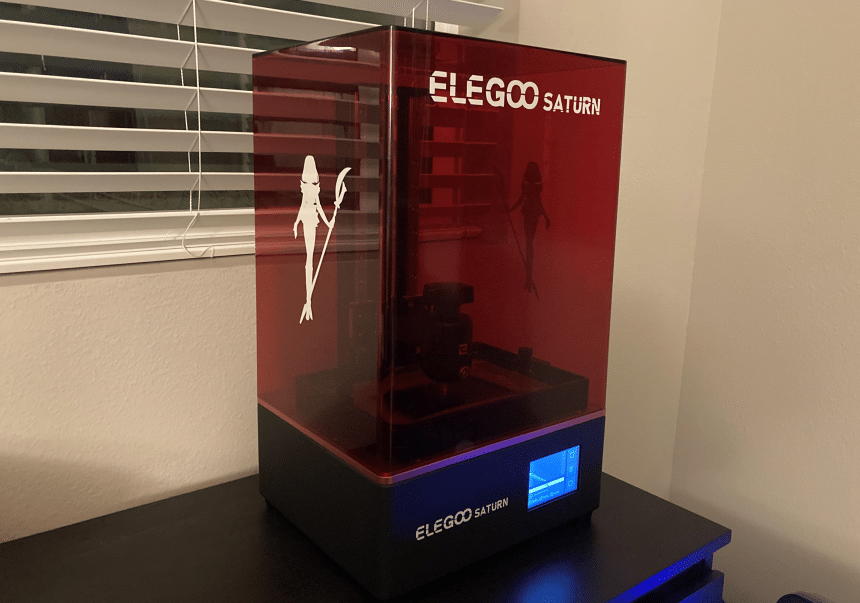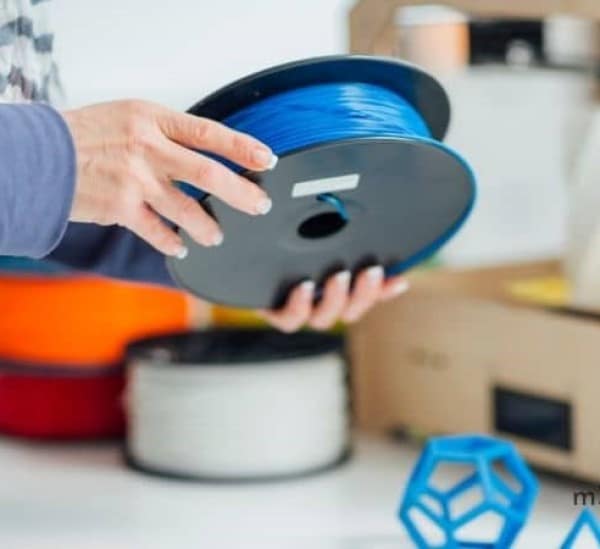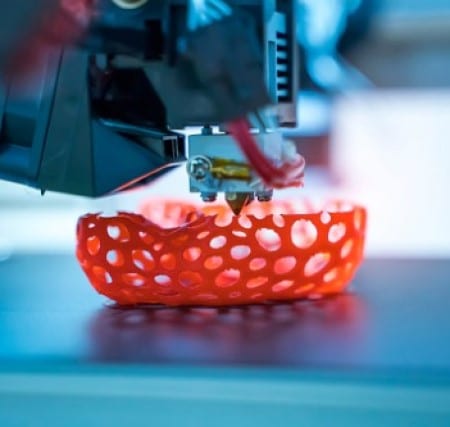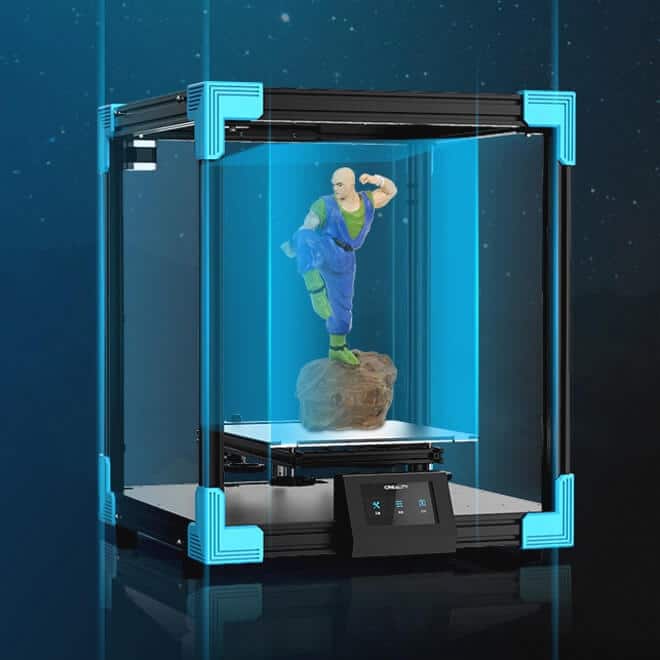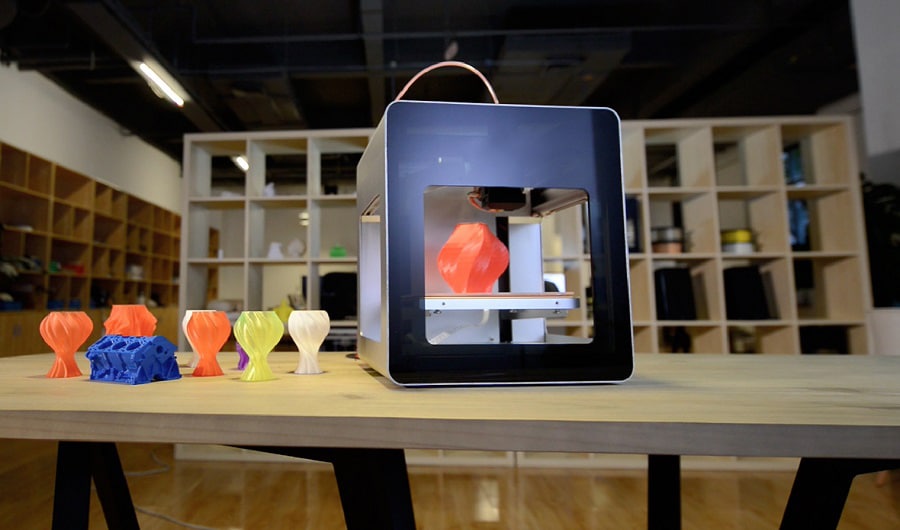



The Mars 2 Pro is the third installment from the manufacturer after the original Elegoo Mars 3D and the Elegoo Mars Pro. It’s designed to serve the entry-level market while still providing high-quality 3D prints.
Notably, the outlook is similar for both Elegoo Pro machine releases, which leads some people to believe that you would just be buying the same machine. However, with a closer look at the features, you realize there are indeed some changes. As such, an Elegoo Mars 2 Pro review is necessary to determine the full scope of the improvements. Keep reading, and you should find out whether the machine is a good fit for you or not.
Elegoo seemingly has a bad reputation where their products are almost always out of stock, sold out, or unavailable. However, the quality of their offerings is well known, and they have received praise for ease of use. Being the latest addition to the lineup, potential buyers may be wondering what the Elegoo Mars 2 Pro has to offer and whether it is worth opening their wallets. We look at the features in the sections below, and hopefully, that should give you the answer you’re looking for.
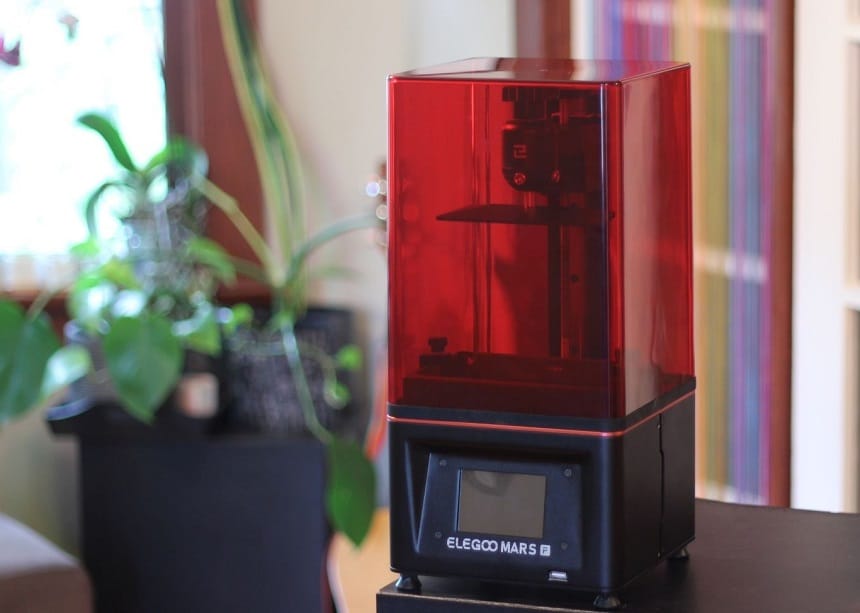
The machine features Stereolithography printing technology. As such, it uses UV photocuring to bring your 3D models into being. This will typically involve photo-reactive resin. Shining a UV light onto this resin causes it to solidify.
The machine will use various methods to direct light on both the X and Y-axis. Consequently, this leads to the curing of a cross-section of the resin in the vat. This builds a layer of the object you’re trying to model. After that, the same process will be repeated layer by layer until the 3D model is complete.
Despite being the first 3D printing technology to be invented, it still offers better model accuracy and finer detailing compared to Fusion Deposition Modelling technology(FDM). However, you will often find yourself having to pay more for such a machine. This is also reflected in the Elegoo Mars 2 Pro price, as it is more expensive than most of the other entry-level 3D printers in the market.
However, for some, the reliability and detailing of the machine may be worth the extra dollars.
As for the construction of the Elegoo Mars 2 Pro, there is little to complain about. It comes with a CNC machined aluminum body. This, of course, comes with a longevity guarantee since the material used is quite durable.
Additionally, buyers get a sandblasted build plate. While this may take away the smoothness of the surface compared to the previous model, it is meant to improve adhesion. However, the sandblasted surface was also available in the original Elegoo Mars 3D.
Next is the linear rail in the construction of the machine. This improves the steadiness of the device as it prints as well as makes it quieter and smoother. There is also an angled plate holder in the design of the machine. When used correctly, this component allows the excess resin on the sandblasted build plate to drip back into the vat.
Another notable element is the mono LCD built into the device. It does have some benefits, e.g., it is more stable. Mono LCD is also expected to last several times longer than regular LCDs. That said, there is a problem in that you have to use a slide-in motion when placing the vat over the screen. Since there isn’t any protective glass on the LCD, it makes it easier to scratch it while you’re positioning the vat.
Lastly, there is the built-in carbon filter. Its job in the machine is to absorb resin fumes while you’re printing. However, carbon filters are meant to be changed from time to time to maintain their effectiveness. As such, the fact that the carbon filter is locked into the machine with no easy access mechanism is definitely a shortcoming.
In terms of build volume, there is a significant improvement from the previous model, which measured 120 x 68 x 155. The Elegoo Mars 2 Pro instead measures about 129 x 80 x 160. Notably, this build volume is also larger than what you will find in most other 3D printing machines of this caliber in the market. This, of course, makes the printer more desirable since users have more space for their prints. It might even justify the price bump for most potential users.
This Elegoo Mars 2 Pro printer ships with a 6.08-inch monochrome LCD featuring 2K HD resolution. Most potential buyers will consider this a letdown because more and more manufacturers are making the leap to 4K resolution. As such, the 2K option of the Mars 2 may not cut it.
The total resolution of the device is 2560 x 1620, while the predecessor had a 2560 x 1440 screen. While there is a bit more resolution, you shouldn’t forget that there is a larger print area as well. Consequently, there is a reduction in screen density compared to the first Elegoo Mars pro.
The Elegoo Mars 2 Pro comes with an upgraded and powerful UV light source. It also features a lens to make sure that light is scattered evenly over the vat. This has led to a significant increase in print speed where the machine takes approximately two seconds of layer exposure to cure the liquid resin. Overall the total reduction in print time is as much as 38% compared to the previous Elegoo Mars Pro model. As such, you can shave off a few hours of print time if you were used to the printing speed of the previous ELegoo model.
The Elegoo Mars 2 Pro is fitted with the new COB UV LED light source. Notably, this light source alongside the lens is responsible for better heat dissipation. Also, the machine can maintain uniform light emissions without any spots. This is in addition to having a high luminous maintenance rate.
Both the light source and the 2K mono LCD are responsible for the 50μm XY precision of the device. As such, the machine has superior detailing and print quality compared to previous models and a lot of the competition.
As we mentioned before, the resin tank is a slide-in option that puts the screen below it at risk of being scratched. This would affect the screen’s ability to regulate the light. As such, this may be a problem in the long run. However, if you’re careful in how you handle the tank, this is not something you have to worry about.
Another inconvenience is that the tank is quite small and can’t hold enough resin for more than one print. As such, every time you take on a new printing project, you’ll have to refill it. Also, just like the rest of the machine, most of the resin tank’s construction is fairly durable. However, some sections can be easily damaged. Should this happen, there are other replacement vats available on Amazon.
We also highlighted the sandblasted print plate while discussing the construction and design of the device. There is a claim from the manufacturer that it improves adhesion compared to the previous smoother print plate of the Elegoo Mars Pro. However, that may not matter much to users since most users of the previous iteration don’t have a problem with it.
As for the slicer software, the Mars 2 pro comes with Chitu firmware. This means that you’ll be using ChiTuBox for your printing projects. There are some notable things about this software. For instance, it’s compatible with Windows and Mac computers. Another is the compatible file types, including STL, SLC, and OBJ.
Nevertheless, the software’s most notable file extension is .cbt, which allows files to be smaller, resulting in faster processing and print times. This software should also work well from the moment the package arrives at your doorstep. This is because a printer profile for the Elegoo Mars 2 Pro is already included in the slicer.
The software also comes with an 8-times anti-aliasing feature that should help smooth out the images in the software before you print them. Additionally, it’s hard not to be impressed by the automation tool in ChiTuBox, especially when you want to add supports to your prints.
On the other hand, the biggest downside for ChiTuBox becomes evident when you start processing large files for complicated models. The software starts to get sluggish, meaning you might spend more time setting up your print.
Connectivity on the ELEGOO Mars 2 Pro is simple and straightforward. You load your models into a USB stick then plug the same onto the USB port on the front side of the machine. There aren’t any WIFI capabilities, so you won’t be able to send your designs to the device wirelessly.
The printer is compatible with a couple of file types that you can then use to process your models. They include STL, SLC, OBJ, and lastly, CDT. The STL file format is used only in stereolithography computer-aided design software. Typically these files will retain three-dimensional information about the object. However, they won’t retain information on texture, color, and other attributes of the CAD model.
The SLC file format is also referred to as the SLiCe file extension in some circles. While it does work with most CAD-based programs, it’s also available in CT scanners. Also, all it takes to use this file format is to convert a CAD model to SLC.
As for the OBJ file format and extension, you find that it represents 3D geometry. As such, it retains information on vertices and texture vertices. The last file type is the computer-based training(CBT) file format. Only a few apps can access this file format, and ChiTuBox is one of them. As we mentioned before, most people use it with their Mars 2 Pro device because it allows for smaller file sizes and faster processing times.
The Elegoo Mars 2 Pro also has several features to make use easier. One very prominent one is the simple 12-language interface. You can pick Chinese, English, Japanese, Dutch, Korean, French, German, Russian, Italian, Spanish, Turkish, or Portuguese, depending on the language you’re most comfortable with. After that, changing the settings from time to time should be a cakewalk.
At 3.5 inches, the touch display is also fairly small. Consequently, sometimes the writings on the screen may not be all that visible. However, if you don’t mind squinting occasionally, this shouldn’t be a problem.
Another feature that’s likely to make your life easier is the software incorporated. Chitu is well-known for the easy-to-use software. This can even be seen in the automation features, such as adding supports to the models.
Next, we have features such as the angled plate holder and assisted bed leveling. The latter ensures you have an easy time leveling the build plate. On the other hand, the angled plate holder makes removing excess resin from the mold a walk in the park. You just attach it to the plate after it’s done printing so the excess resin can drip back into the vat. You can also hasten this process by using the included scrappers.
Lastly, there is the inbuilt charcoal filter that will remove the fumes from the resin for you. Remember that they are toxic, and getting rid of them yourself can put you at risk. As such, you’re left with very little manual work to do after your model is done printing.
There are two significant issues regarding the ease of maintenance, and one of them involves the carbon filter. It will need to be replaced after a couple of months of use; otherwise, it won’t be as effective when doing its job. However, we mentioned that this component is fully locked into the device with screws and fasteners.
Consequently, replacing the filter may involve opening up the machine. This exposes the machine to danger, especially if the person doing the opening doesn’t know what they’re doing. Another problem arises when you’re positioning the vat above the screen. If you’re careless, you may damage the screen and have to replace it. Everything else is fairly easy to do.
This iteration of the ELEGOO Mars uses a COB UV light source. Typically these lights are made by bonding multiple LED lights to a single substrate. The result is a much brighter but smaller light. One of the benefits of this light is the excellent heat dissipation. Remember, you don’t want the machine getting too hot and malfunctioning while it prints.
Also, it has a high luminous maintenance rate which is necessary since most prints take quite a while to be completed. The uniform light emission with no spots is also essential since it ensures the print is even. Notably, most of the competition uses regular LED lights for the curing process; hence this model has a significant advantage.
Owing to the CNC machined aluminum construction, most of the machine is expected to last very long. Nonetheless, that is no excuse to mishandle the device as that will dramatically reduce its life expectancy. That said, there is one relatively fragile component of the machine, namely the screen. Despite lasting longer than what the competition has to offer, you’ll still need to replace it occasionally.
Remember, other elements can reduce the life span of the screen as well. One example is if you drag something across the screen while fastening the vat. A small scratch on the screen may interfere with light transmission into the vat. As such, you’ll have to replace it sooner than expected.
Multiple reports indicate that the manufacturer might develop a protective covering for the screen, but we are yet to see it. The original vat that comes with the machine is also replaceable. Since it comes into contact with the resin a lot, it might be one of the first few components of the device to get damaged. However, replacements are easy to find and affordable.
As for the warranty, different parts of the 3D printer have varying warranty terms. Most of the machine can be replaced or repaired by the manufacturer if it falls apart in under a year. However, the LCD being consumable is only covered for six months.
The price tag is not all that welcoming since it is priced slightly higher than most entry-level 3D printers. However, the extra features and the reliability of the brand may make it worthwhile.
Some extra accessories provided should come in handy in your daily use of the printer. They include the scrapers for removing excess resin, gloves, a funnel for pouring the liquid resin into the tank, and more. Even backup screws are provided.
Another extra feature is the rubber seal that keeps the fumes and resin inside the build platform as the machine works.
| PROS | CONS |
|
|
The Elegoo Mars 2 Pro Review above has highlighted the features to be excited about as well as the attributes of the machine that may be slightly worrying. Overall, it seems it packs a few improvements from its predecessor that may make it worth its price point. That said, being more expensive than most of the competition may not sit well with some buyers. Overall it’s up to you to weigh the pros and cons and decide whether the device is worth spending your money on.

